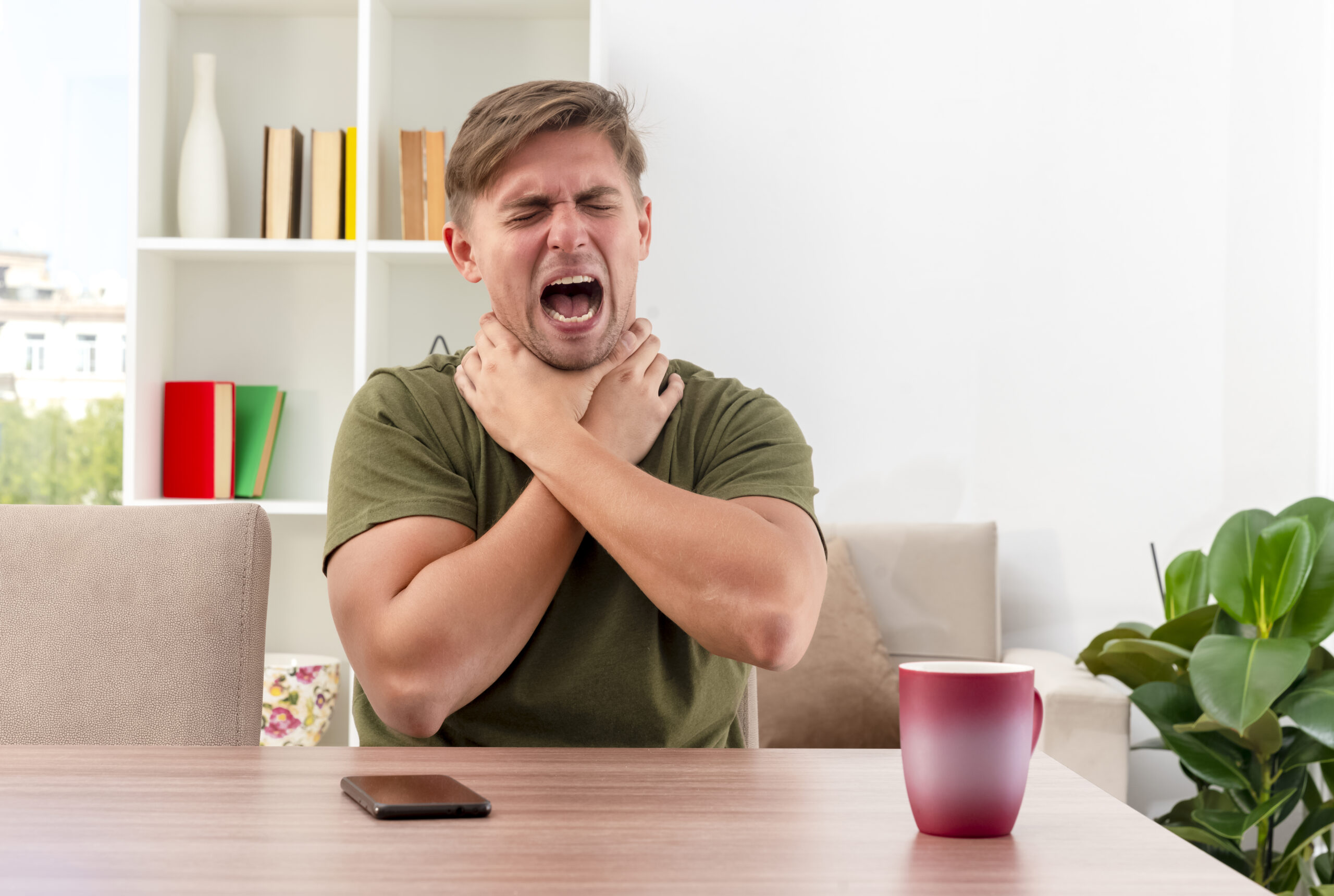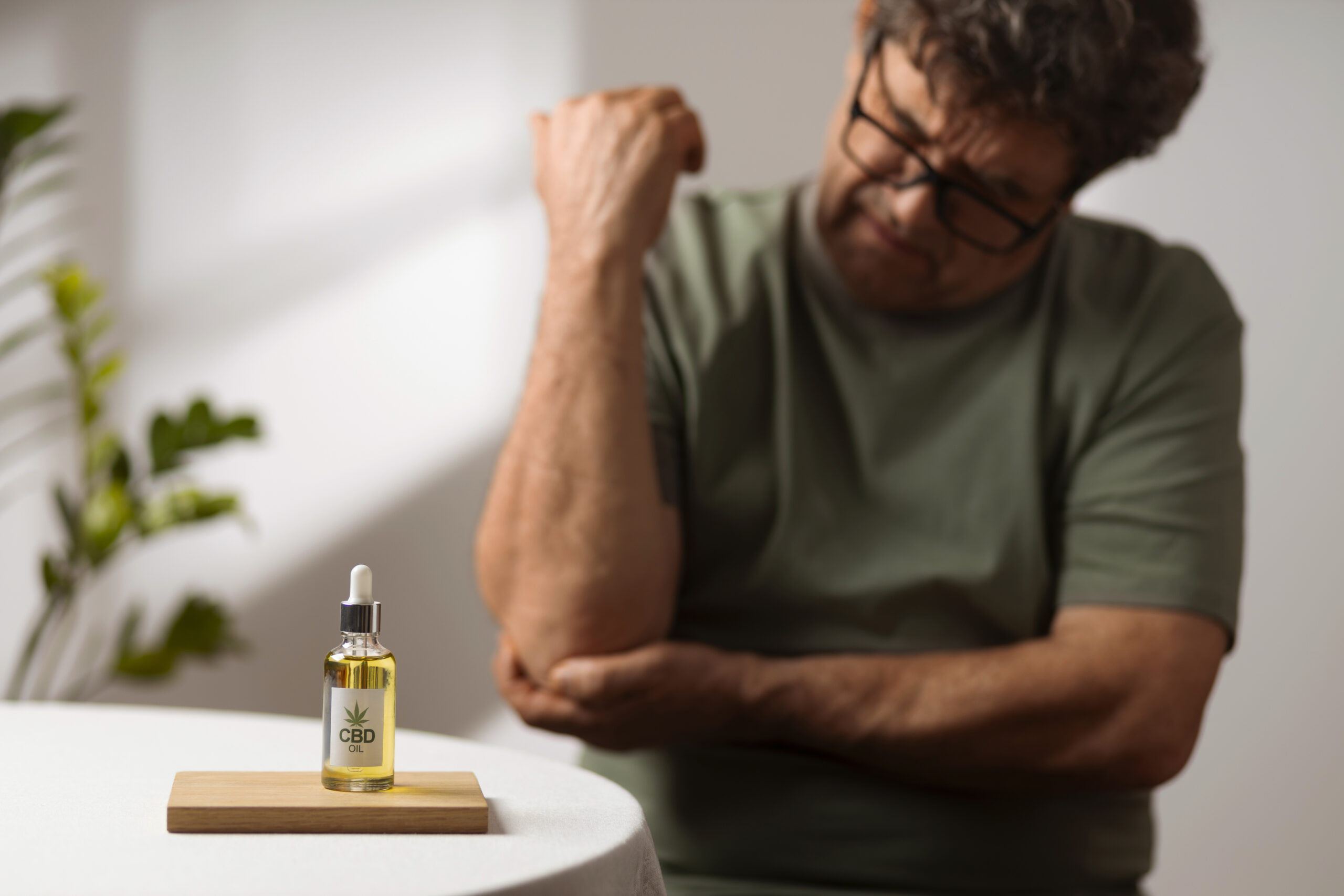Introduction
Muscle cramps are an involuntary, sudden tightening or contraction of a muscle that causes pain and discomfort. They can occur in various parts of the body, including the legs, feet, hands, and even the abdomen. While almost everyone experiences muscle cramps at some point, some people seem to suffer from them more frequently than others. This raises an important question: why do some individuals experience cramps more often? The answer lies in a combination of factors, including genetics, hydration levels, mineral deficiencies, medical conditions, physical activity, and lifestyle choices.
Understanding Muscle Cramps
Muscle cramps happen when a muscle contracts without conscious control. These spasms can last from a few seconds to several minutes and often occur during rest or after physical exertion. The most common type of cramps, nocturnal leg cramps, happen while a person is sleeping.
Several factors contribute to muscle cramping, and understanding them can help in preventing and managing these painful occurrences.
1. Dehydration and Electrolyte Imbalance
One of the most well-known causes of muscle cramps is dehydration and an imbalance of electrolytes, such as sodium, potassium, calcium, and magnesium.
- Dehydration: Water is essential for muscle function. When the body is dehydrated, nerve signals that regulate muscle contractions may become disrupted, leading to cramps. Athletes, especially those engaging in endurance sports, are more prone to dehydration-related cramps.
- Electrolyte Imbalance: Electrolytes help muscles contract and relax properly. A deficiency in potassium or magnesium, for instance, can lead to frequent muscle cramping. People who sweat excessively, have diarrhea, or consume an unbalanced diet may develop an electrolyte deficiency, making them more susceptible to cramps.
2. Overuse and Muscle Fatigue
Overexertion of muscles during exercise or strenuous activities is a major reason why some people experience frequent cramps. When muscles become fatigued, their ability to relax and contract smoothly diminishes, resulting in spasms. This is common in athletes, fitness enthusiasts, and individuals with physically demanding jobs.
- Intense Exercise: People who engage in prolonged workouts, especially without proper warm-ups or cool-downs, are at a higher risk of experiencing cramps.
- Poor Conditioning: Those who are not used to exercise but suddenly increase their physical activity may develop cramps more often.
3. Genetics and Individual Susceptibility
Genetics may play a role in why some people get cramps more frequently than others. Some individuals inherit a predisposition to neuromuscular conditions that increase cramp occurrence. Genetic differences in muscle structure and nerve function can also contribute to variations in cramping susceptibility.
Studies have shown that some families have a higher prevalence of nocturnal leg cramps, suggesting a hereditary component. Moreover, certain genetic disorders, like Charcot-Marie-Tooth disease, affect nerve function and can lead to frequent muscle cramps.
4. Underlying Medical Conditions
Certain medical conditions can make some individuals more prone to muscle cramps. These conditions may interfere with muscle function, nerve communication, or blood circulation.
- Peripheral Artery Disease (PAD): Reduced blood flow to the muscles, especially in the legs, can lead to cramping during physical activity.
- Diabetes: High blood sugar levels can damage nerves (diabetic neuropathy), leading to muscle cramps.
- Kidney Disease: Kidney dysfunction can result in electrolyte imbalances, increasing the likelihood of muscle cramps.
- Thyroid Disorders: Hypothyroidism can lead to muscle weakness and frequent cramps.
- Neuromuscular Disorders: Conditions like multiple sclerosis (MS) or amyotrophic lateral sclerosis (ALS) can cause involuntary muscle contractions and cramps.
5. Poor Circulation and Nerve Compression
Inadequate blood circulation to the muscles can trigger cramps. Conditions such as varicose veins and deep vein thrombosis (DVT) can affect blood flow, leading to frequent leg cramps.
Nerve compression due to spinal issues (e.g., herniated discs or spinal stenosis) can also cause muscle spasms in the legs and feet. People with lower back problems often experience cramps due to nerve irritation.
6. Dietary and Nutritional Deficiencies
A lack of essential vitamins and minerals can lead to muscle cramps.
- Potassium Deficiency: Potassium helps regulate muscle contractions. Low potassium levels (hypokalemia) can cause cramps and muscle weakness.
- Magnesium Deficiency: Magnesium plays a crucial role in muscle function. A deficiency can lead to frequent cramping, especially at night.
- Calcium Deficiency: Calcium is essential for proper nerve signaling and muscle contraction. A lack of calcium can result in cramps.
- Vitamin D Deficiency: Low vitamin D levels can lead to muscle pain and cramps.
7. Medications That Cause Cramps
Certain medications can increase the likelihood of muscle cramps. These include:
- Diuretics (Water Pills): Often prescribed for high blood pressure, diuretics can lead to dehydration and electrolyte imbalances, resulting in cramps.
- Statins: Cholesterol-lowering drugs are known to cause muscle pain and cramping as a side effect.
- Beta-Blockers: Used for heart conditions, beta-blockers may cause circulation-related muscle cramps.
- Antipsychotics and Antidepressants: Some psychiatric medications interfere with nerve signaling, leading to cramps.
If you frequently experience cramps while taking medication, consult a healthcare provider to discuss possible alternatives.
8. Aging and Muscle Cramps
As people age, they tend to experience more muscle cramps. This is due to several factors:
- Loss of Muscle Mass: Aging leads to a natural decline in muscle mass, making muscles more prone to spasms.
- Reduced Nerve Function: Nerve signals weaken over time, increasing the likelihood of involuntary muscle contractions.
- Decreased Physical Activity: A sedentary lifestyle in older adults contributes to muscle stiffness and cramps.
9. Lifestyle Factors That Contribute to Cramps
Certain lifestyle habits can increase the frequency of muscle cramps.
- Alcohol Consumption: Excessive alcohol intake can dehydrate the body and deplete essential minerals, leading to cramping.
- Caffeine Intake: High caffeine consumption can cause dehydration, contributing to muscle spasms.
- Poor Sleep Posture: Sleeping in awkward positions can restrict blood flow and cause nocturnal cramps.
- Standing or Sitting for Long Periods: People who stand or sit for extended hours without movement may develop muscle fatigue and cramping.
How to Prevent and Manage Muscle Cramps
Fortunately, there are several ways to prevent and manage muscle cramps:
- Stay Hydrated: Water consumption should be high, particularly before and after physical activity.
- Maintain Electrolyte Balance: Eat a balanced diet rich in potassium, magnesium, and calcium.
- Stretch Regularly: Perform gentle stretches before and after workouts or before bed.
- Exercise Moderately: Avoid overexertion and gradually increase activity levels.
- Improve Circulation: Elevate your legs and wear compression socks if needed.
- Adjust Medications: If cramps are a side effect, discuss alternatives with your doctor.
- Use Heat or Cold Therapy: Apply a warm compress or ice pack to relieve cramping.
Conclusion
While occasional muscle cramps are normal, some people experience them more frequently due to dehydration, mineral deficiencies, genetics, medical conditions, or lifestyle choices. Understanding these factors can help individuals take proactive steps to prevent cramps and improve muscle health. By staying hydrated, maintaining a balanced diet, and incorporating proper exercise habits, you can reduce the occurrence of painful muscle cramps and lead a more comfortable, active life.



